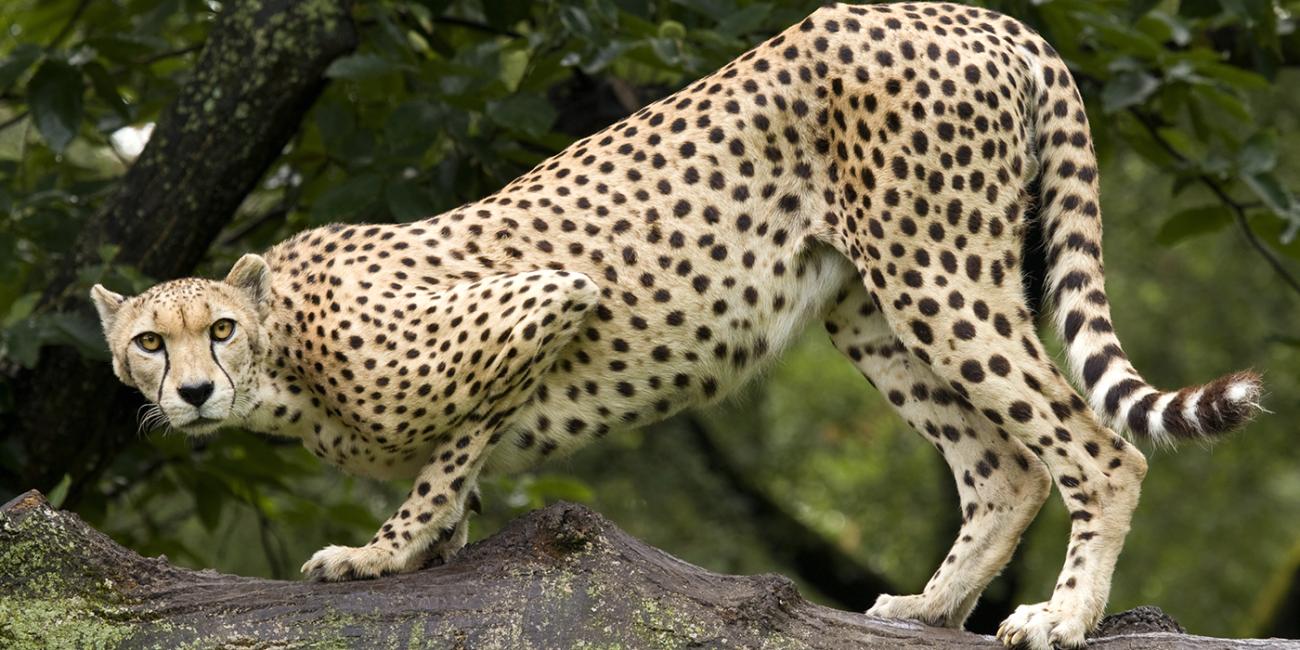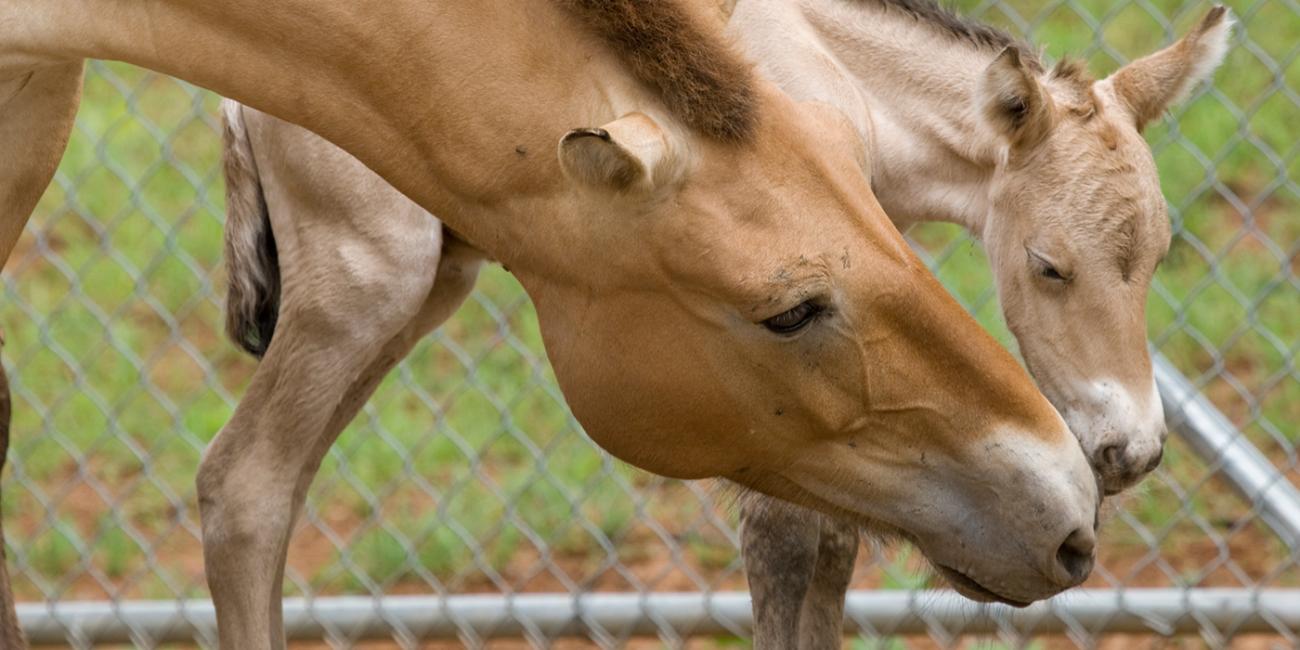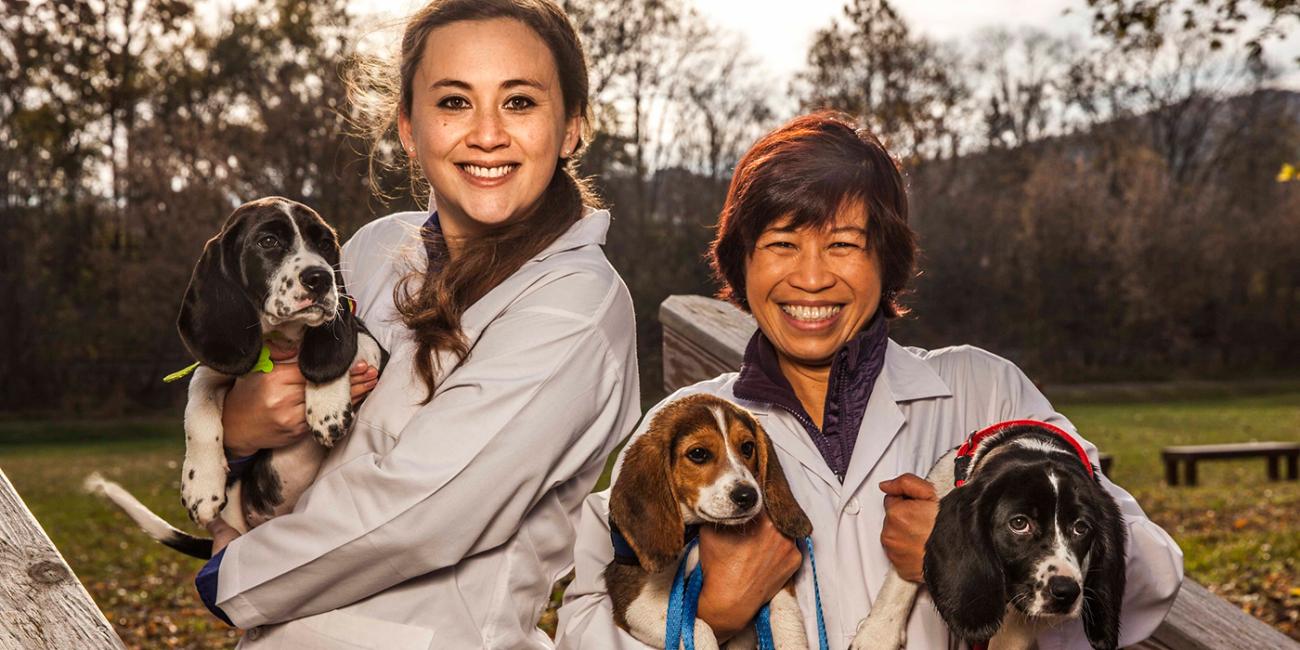Biography
Developing assisted reproductive technologies is often extremely challenging for wildlife species where little to nothing may be known about their physiology or basic reproductive biology. However, tools such as genome rescue (salvaging sperm/eggs or ovarian/testicular tissue from animals that have passed away before breeding), sperm/egg/embryo cryopreservation, and artificial insemination can be extremely powerful means to manage the genetic diversity of endangered populations.
Dr. Jennifer Nagashima and her colleagues at the Smithsonian National Zoo and Conservation Biology Institute are working on advancing several cutting-edge laboratory techniques toward this goal. In collaboration with biomedical engineers from Stanford University and the University of Maryland, they have developed a prototype ‘ovary-on-a-chip’, a micro-fluidic device for ovarian tissue which allows for the mimicry of cell culture media flow through the incubated sample, similar to the flow of blood through the organ. Ultimately, they aim to be able to consistently grow mature, fertilizable eggs from ovarian tissue, allowing for the ‘rescue’ of the genetic potential of valuable female animals even post-mortem.
On the male side, they are studying the beneficial effects of supplementing vesicles produced from the female reproductive tract on sperm motility and viability following cryopreservation-thawing. Though understanding the communications between the female reproductive tract and the sperm and eggs, they hope to develop improved cryopreservation protocols that will allow for the best post-thaw recovery and developmental potential of banked gametes.


